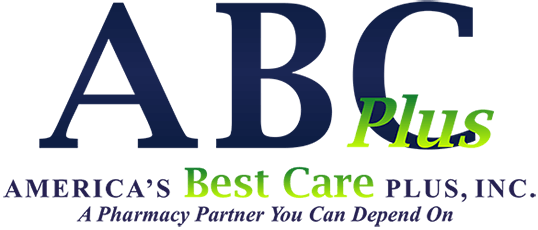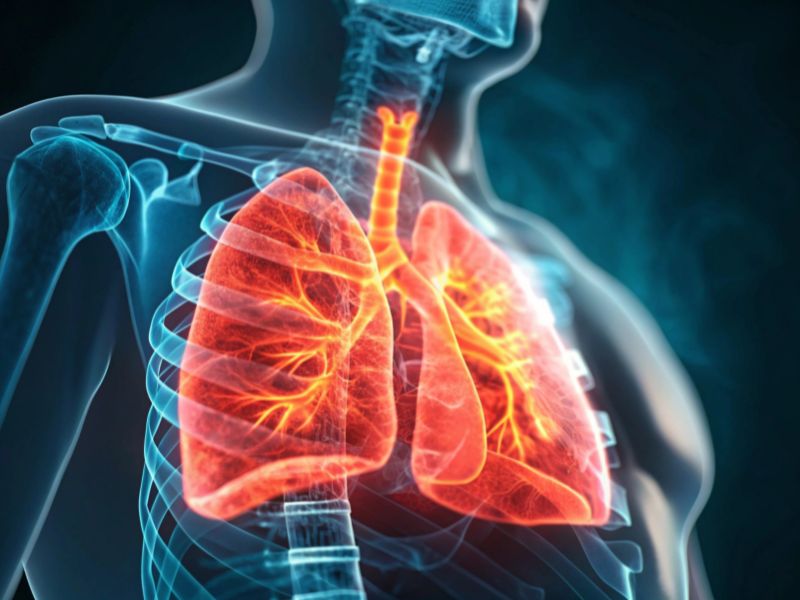Chronic Obstructive Pulmonary Disease (COPD) develops slowly, which means many people live with it for years before realizing something’s wrong. Recognizing the early warning signs can make a big difference in how well the disease is managed and how much lung function can be preserved. If you’ve noticed changes in your breathing or energy levels, now is the time to pay attention.
What is COPD?
COPD is a group of chronic lung diseases, including emphysema and chronic bronchitis, that make it harder to breathe over time. It causes the airways to narrow and the lungs to lose elasticity, trapping air and making it difficult to exhale fully. According to the CDC, it’s one of the leading causes of death in the United States, affecting more than 16 million Americans — and many more are likely undiagnosed.
What are the Early Warning Signs of COPD?
In the beginning, COPD can look a lot like “normal aging” or just being out of shape. But small symptoms that appear occasionally can become more frequent and severe as the disease progresses.
1. A Persistent Cough That Won’t Go Away
A chronic cough is often the first symptom people notice. This isn’t just an occasional cough. It’s a persistent cough that lasts for weeks or months, often producing mucus or phlegm. You might hear it referred to as a smoker’s cough, but even nonsmokers can develop this symptom if they have COPD. If you find yourself clearing your throat often or waking up coughing, it’s worth mentioning to your doctor.
2. Shortness of Breath During Everyday Activities
Shortness of breath during routine activities is another key early sign. Feeling winded after walking up stairs or carrying groceries can be easy to brush off as getting older or being out of shape. But if simple tasks like walking to the mailbox or doing laundry leave you breathless, your lungs could be struggling to move air efficiently.
3. Wheezing or Noisy Breathing
A whistling or squeaky sound when you breathe can indicate narrowed airways. Even if it only happens occasionally, persistent wheezing should never be ignored. This is especially true if you have a history of smoking or exposure to dust, fumes, or chemicals.
4. Chest Tightness or Pressure
People often describe COPD as feeling like a band wrapped around their chest. This tightness can appear slowly and worsen with exertion. If daily breathing feels like the elephant in the room, it’s time for a professional evaluation.
5. Frequent Respiratory Infections
An occasional cold is normal, but if you’re catching every bug that “goes around,” your lungs might already be compromised. Many people assume it’s just grandkids bringing home germs, but an increase in respiratory infections is one of the most overlooked early signs of COPD.
6. Ongoing Fatigue or Low Energy
When your lungs aren’t delivering enough oxygen, your body has to work harder, and that drains energy fast. If you feel unusually tired or find daily activities exhausting despite a healthy sleep schedule, your lungs may be part of the reason.
If you notice several of these symptoms — especially if you’re a current or former smoker — it’s important to talk with your healthcare provider. COPD can’t be cured, but early diagnosis and treatment can slow its progression and help preserve lung function.
Who Is Most at Risk?
While smoking is the leading cause of COPD, accounting for about 75% of cases, one in four people with the disease never smoked. Other risk factors include long-term exposure to secondhand smoke, workplace exposure to dust or chemical fumes, air pollution, and a genetic condition called alpha-1 antitrypsin deficiency.
COPD is most commonly diagnosed in people over 40, but the damage to your lungs can begin much earlier if you’re exposed to risk factors during childhood or young adulthood. If you fall into any of these risk categories and notice persistent respiratory symptoms, it’s important to talk to your doctor about getting tested.
How to Prevent COPD or Slow Its Progress
The single most important step you can take to prevent COPD or keep it from getting worse is to quit smoking. If you don’t smoke, don’t start. If you do smoke, quitting at any stage can improve your lung function and slow disease progression.
Beyond smoking cessation, avoiding lung irritants is critical. This includes staying away from secondhand smoke, minimizing exposure to air pollution, and using proper protective equipment if your job involves dust, fumes, or chemicals. Getting vaccinated against flu and pneumonia is also essential, as respiratory infections can trigger serious complications in people with COPD.
Regular exercise and maintaining a healthy weight can help keep your lungs and body strong. Even if you already have COPD, physical activity through pulmonary rehabilitation programs can improve your breathing and overall quality of life.
Breathe Easier with America’s Best Care Plus
The early warning signs of COPD are easy to miss, but noticing them sooner can make all the difference. If you’ve been coughing more, feeling winded, or catching colds more often than usual, talk with your healthcare provider.
And if you’re living with COPD, America’s Best Care Plus is here to help with reliable respiratory medications and supplies delivered right to your door, so you can breathe easier through all of life’s stages. Contact our team and get started today.

